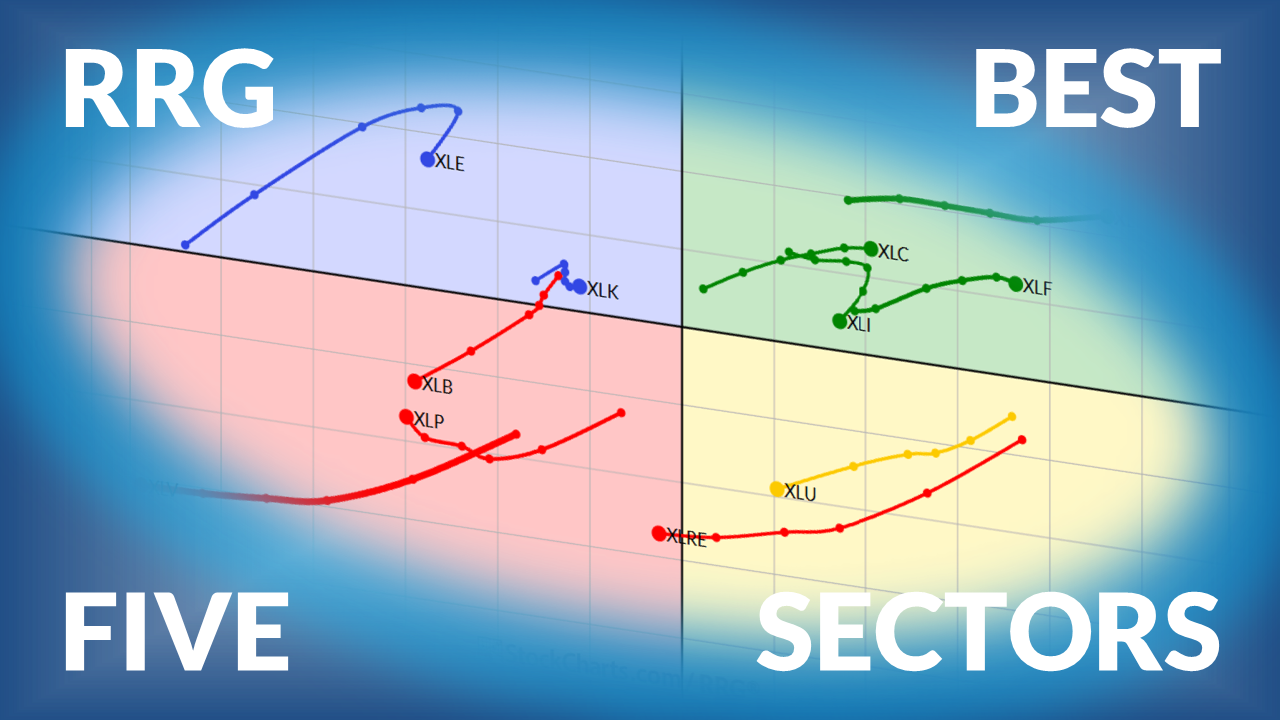KEY CHART LEVELS ON DAILY S&P 500 CHART -- WEEKLY CHART IS STILL NEGATIVE -- MONTHLY CHART HASN'T GIVEN MAJOR SELL SIGNAL, BUT IT'S GETTING CLOSE
KEEP YOUR EYE ON THE KEY CHART LEVELS ... It's important to keep your eyes on the key chart levels. That helps keep things in their proper perspective. It also prevents us from getting too caught up in day-to-day market swings and conflicting signals from short-term technical indicators. The daily bars for the S&P 500 in Chart 1 show three key levels. The first one is the overhead resistance line near 1163 which represents the January low. If the recent chart breakdown was for real, the S&P shouldn't climb back over that barrier. That's because broken support levels become new resistance levels. There are two underlying support levels shown on the chart. The first one is near 1140 which represents the October peak. When a market starts to fall, it will usually find support at a previous peak. The 1140 is also a fifty percent retracement of the August/March rally which is a level that usually provokes some buying. Given today's market bounce, that appears to be happening. I'm labeling the 1140 level as "interim" support because I believe that it will eventually be broken. But it is one of the key support levels. That means that the S&P could bounce around between 1140 and 1160 before resuming its downtrend. A decisive close over 1163 would be needed to cause me to reevaluate my bearish outlook. A decisive close under 1140 (which I believe to be more likely) would pave the way for a bigger decline toward major support at the low of last August near 1060. My general advice is the same: "sell into rallies".

Chart 1
WEELY MACD LINES STILL BEARISH ... Weekly signals are more important than daily signals. When studying a daily chart, it's always important to study the trend of the weekly chart. That's because rallies on a daily chart won't carry very far if the weekly chart is in a negative mode. And that appears to be the case. Chart 2 shows the weekly bars for the S&P 500. The lines overlaid on the price bars are the MACD and MACD histogram. The MACD lines are in negative alignment and have been so during most of the first quarter. The fact that the December peak in the MACD lines failed to reach their early 2004 peak (while the S&P hit a new high) also represents a big negative divergence. The MACD histogram (green) bars plot the difference between the MACD lines and are also negative. Until those weekly lines turn positive, any short-term market rallies should be viewed in a bearish light.

Chart 2
NO LONG-TERM BEAR SIGNAL YET ... The monthly chart is the most important of all because it highlights the major long-term trend of the market. There's good and bad news on the monthly bars in Chart 3. The good news is that the monthly MACD lines (and histogram) haven't turned negative yet. They issued a major buy signal in the spring of 2003. The bad news is that the MACD lines have been converging (weakening) over the last year. That can be seen more clearly in the falling histogram bars which are at the lowest level in nearly two years. The histogram bars need to fall beneath the zero line to give a major sell signal. They're getting close, but haven't done so yet. Keep in mind, however, that the monthly signals are usually the last to kick in. Investors have to ask themselves if the current sell signal on the weekly chart is enough to justify "some" anticipatory selling especially on market bounces. I think it is. And I've been recommending that since January.

Chart 3






